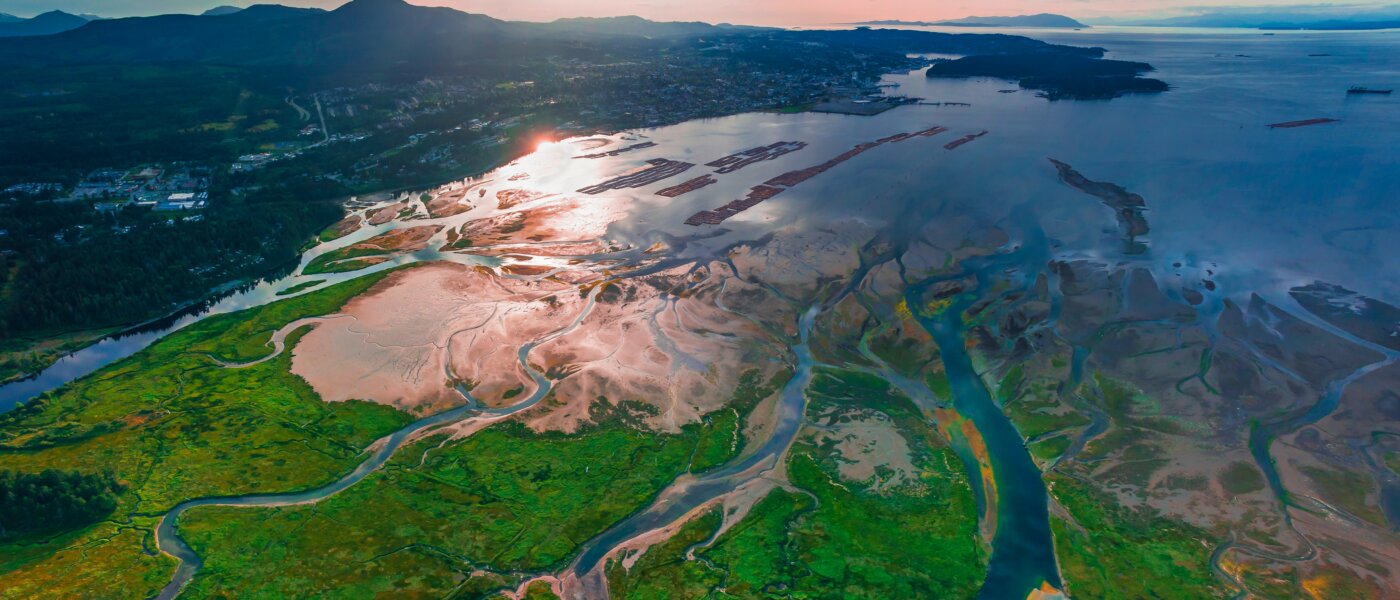Interview Martijn Siemerink

At Nelen & Schuurmans we attempt to be at the forefront of technical innovations. To keep innovating our modelling platform 3Di, a PhD research project was set up in collaboration with University of Twente and the German Bundesanstalt für Wasserbau (BAW). The project focuses on developing new methods for using subgrid techniques in morphodynamic numerical models. The PhD candidate for the project is Martijn Siemerink, who has been one of the developers of 3Di’s computational core at Nelen & Schuurmans since 2011. We asked him all about his research:
1. What motivated you to start a PhD next to your work at Nelen & Schuurmans?
My main motivation was two-fold. On the one hand, it was my personal interest to become more knowledgeable on subgrid-based numerical methods for hydro- and morphodynamic modelling. On the other hand, I wanted to help further innovate our 3Di modelling platform.
In 2022 we completed major developments for the 3Di modelling platform. The period after this release felt like a natural moment to pursue a new challenge. So, when the opportunity arose to combine my personal interest in further exploring new methods for subgrid-based morphodynamic modelling with doing a PhD research project at Nelen & Schuurmans, I was keen to take up this challenge.
2. Which challenge in current modelling capabilities is your PhD research trying to overcome?
The main objective for my research project is to develop methods to apply subgrid-based morphodynamic models for real-life estuarine applications. Subgrid-based hydrodynamic models are very efficient with a large reduction in computational times, while maintaining accuracy. Morphodynamic simulations have very large computational times, due to long simulation periods. The reduction in computational times for subgrid-based hydrodynamic simulations can therefore be very beneficial to morphodynamic simulations. The PhD thesis of my colleague Nicolette Volp has demonstrated that it is possible to use subgrid techniques in morphodynamic models and during my research project we will try to expand on this work increase its accuracy and applicability. Big challenges are dealing with large amounts of subgrid data and incorporating small-scale physical processes, such as wind waves and vegetation influences.
3. How will your research contribute to the management of estuaries around the world?
The long timescales of morphological evolutions make it difficult and time consuming to run a lot of different scenarios to estimate morphological development. A more accurate and efficient model enables us to explore more scenarios and better assess potential impacts of interventions, with equal or less simulation time. Consortium partner BAW is an example of a governmental agency that relies heavily on morphodynamic models for assessing (future) impacts of their sediment management strategies in German estuaries.
4. Do you have any tips or tricks for modellers who will use the 3Di software with morphodynamics once it is available?
My biggest tip would be, to first have a basic understanding of the water system your are modelling. This could be obtained by looking at bathymetry and asset information. If you have understanding of how the water system should function, you can create a schematisation with an expectation of how the model should respond. When model results deviate from this it is easier to understand whether the model is missing information. Furthermore, to better understand the model behaviour it is also beneficial to do a (small) sensitivity analysis on your computational grid. By having a feel for the influence of grid choice it is easier to make schematisation decisions.